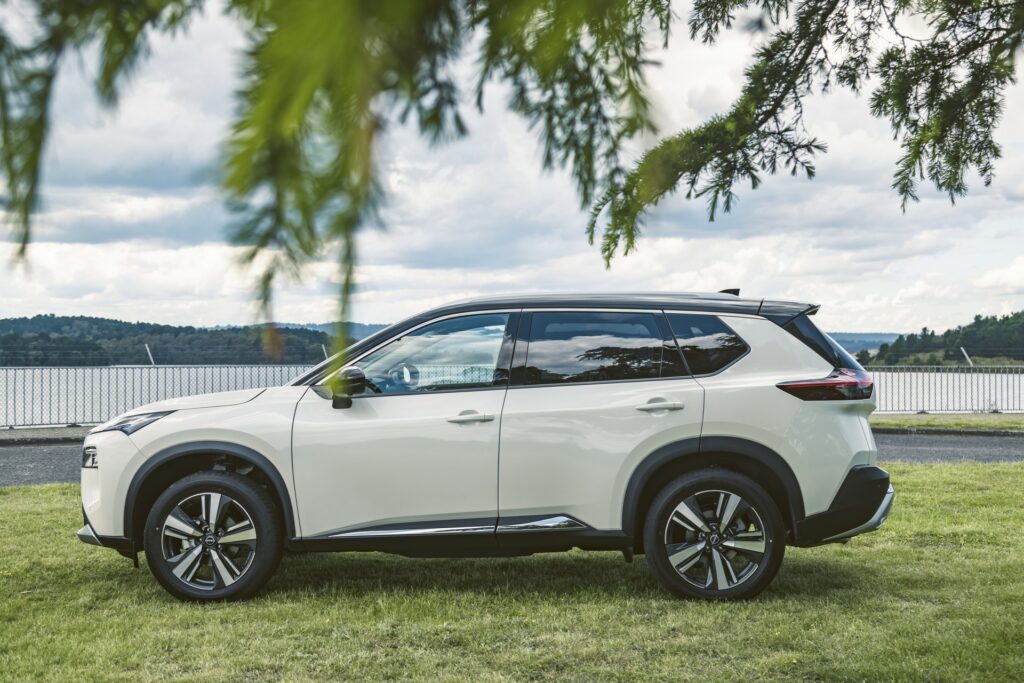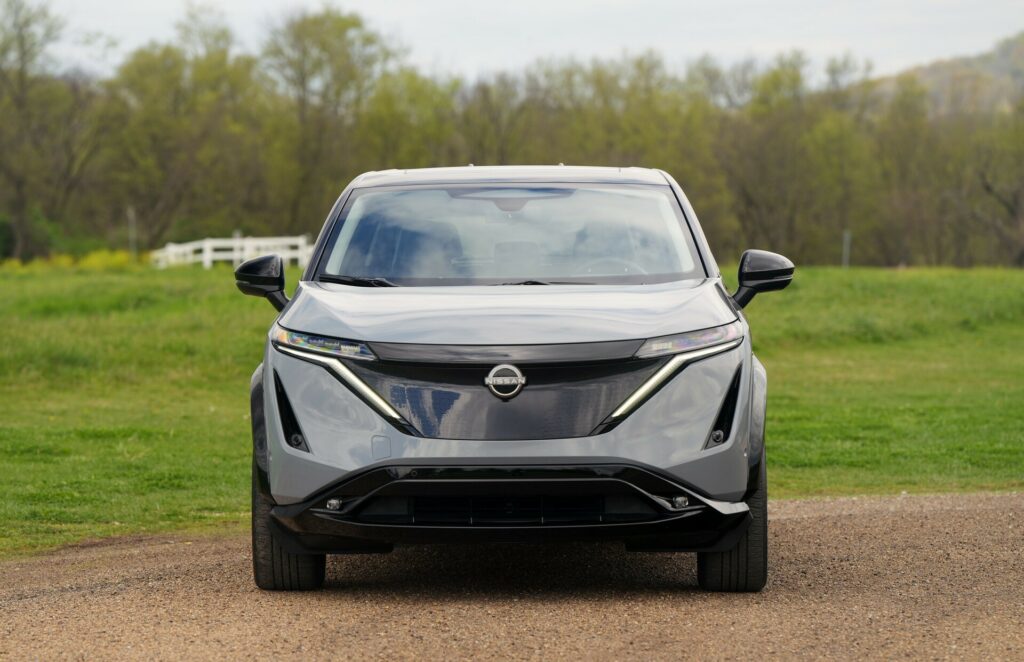Nissan’s Woes

Nissan is preparing to end vehicle production at its Wuhan plant in China. This facility, where the Nissan Ariya and X-Trail are assembled, isn’t living up to its potential. Since starting operations in 2022, it’s only rolled out about 10,000 units annually, a far cry from its 300,000-vehicle capacity. This reduction comes on the heels of Nissan announcing its most significant fiscal loss ever, battling stiff competition from domestic Chinese car brands. It’s becoming a running theme for Nissan, and their withdrawal from the Chinese market could be a major blow given China’s rapidly growing electric vehicle (EV) industry.
Market Struggles

The situation at Wuhan plant echoes a similar story at Nissan’s Changzhou facility, which closed in 2022. There, increased competition from local EVs and reduced demand for imported vehicles forced Nissan’s hand. Changzhou could build 130,000 vehicles annually but couldn’t sustain operations due to market pressures. News outlets report that Nissan’s strategy isn’t hitting the mark in China, primarily due to the rapid evolution and competitiveness of local offerings.
Financial Impact

On the financial side, Nissan is expecting a net loss between $4.91 billion and $5.26 billion for the fiscal year ending March, far exceeding its earlier projection of $560 million. The failed merger with Honda and the broader economic impact of declining sales and factory closures aren’t helping Nissan’s balance sheet. This news highlights the challenges faced by legacy automakers in transitioning to a market increasingly dominated by innovative, agile players like Tesla and a wave of new Chinese EV makers.
Driving the Nissan Ariya
However, not all is grim. The Nissan Ariya, a major player in Nissan’s EV lineup, offers a driving experience that’s worth a look. Available in multiple trims, the Ariya’s range tops out over 300 miles on a full charge. It’s powered by dual electric motors producing around 390 horsepower, delivering a quiet and smooth ride. Unlike traditional cars with a gas engine, the floor of the Ariya is flat, giving ample room for passengers and luggage.
While not as sporty as a Tesla Model Y, the Ariya provides a refined experience with advanced driver-assistance features. On the road, it’s more about comfort than sharp cornering, with its adaptive cruise control and impressive infotainment system making long trips effortless. It’s a solid choice for those who value comfort and tech over sporty suspension tuning.
A Path Forward?
Despite facing significant barriers, Nissan is not throwing in the towel. Its survival strategy includes cutting 9,000 jobs, shutting down underperforming plants, and slimming its model lineup to focus on high-value vehicles. Collaborations with tech giants like Foxconn could help infuse new life into Nissan’s operation, potentially steering the automaker back on track. Navigating this rough patch will require nimbleness and innovation, but Nissan isn’t new to adversity.
BMW i3 Reinvented
Nissan Struggles
Citroen C5 Aircross
GTO Judge Auction
Audi RS5: Future Ready